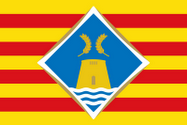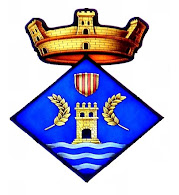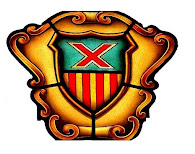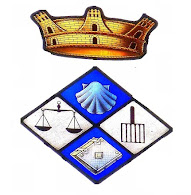BETWEEN FORMENTERA AND ESPALMADOR
Es pas de s'Espalmador (or Es Trucadors) is a water sea passage that separates the islands of Formentera to the north of this and the Espalmador in its southern side. The color of the water is turquoise which makes this area a place of great beauty and great ecological and landscape value. On clear days you can see the southern island of Espalmador, the lighthouse is at the other end of the island and even we can see perfectly the island of Ibiza and its mountains in the background.
Although the island of Espalmador is the largest of the uninhabited islands pitiusas, still has some old houses that were inhabited until the nineteenth century, there is also a chapel dedicated which is visible from Formentera and is under the name of San Bernardo. Espalmador word, comes from the word "espalme" a verb that refers to the cleaning of vessels that were formerly in this island.
Part of this amazing color of the sea is owed to strong currents in this location, but we must not forget that these currents are also very dangers, even this year have failed victims in this regard, so even relatively easy "walk" from one island to another in the sea must be very cautious as the danger is always lurking in this area. 
There is also on the island of Espalmador an old maritime surveillance tower, called Tower s'Espalmador, which warned of the dangers of pirate raids, between the sixteenth and seventeenth. In Espalmador there were several episodes of war between pirates and "Ibicencos", and early twentieth century the island was used as an important smuggling center. Espalmador is also famous for its salt water lagoon that is inside the island and its famous mud baths of doubtful therapeutic benefits.
In fact the sea leg we see today between Formentera and Espalmador used to be communicated through sand as the inhabitants of both islands put branches savina (native shrub very common in both islands) and made the sand that formed in these branches by the action of the sea, forming a path between two islands, where even carts and mules passed between the two islands. Espalmador was planted decades ago by wheat, figs, grapes ... etc until it was vacated and left to grow in it, taking the place of ancient mediteranean the native crops and other vegetation.
Below we can see the wooden path that we had to reach the northern tip of Es trocadors of Formentera and from there we expect to enjoy these magnificent views this place offers. 



















No comments:
Post a Comment